Ulay, Daring Performance Artist Who Channeled Postwar Europe’s Anxieties, Is Dead at 76
Ulay, whose boundary-pushing performances tapped into the tensions that pervaded postwar Europe—often through scenarios that seemed as though they could at any moment erupt into violence—has died at 76. He had been diagnosed with lymphatic cancer.
Since the early 1970s, Ulay created performances and photographs that made frequent use of his own body. Having worked collaboratively for more than a decade with Marina Abramović, his former partner and currently the world’s most widely known performance artist, it was not until the later stages of his career that Ulay’s solo work achieved its own sort of notoriety.
“Ulay was the freest of spirits—a pioneer and provocateur with a radically and historically unique oeuvre, operating at the intersection of photography and the conceptually-oriented approaches of performance and body art,” Richard Saltoun, the founder of an eponymous gallery that represents Ulay, said in a statement. “His passing leaves a momentous gap in the world—one that will not be so easily be replaced.”
Among his most famous solo works is Irritation – There is a Criminal Touch to Art (1976), for which the German-born artist stole Carl Spitzweg’s 1839 painting The Poor Poet from Berlin’s Neue Nationalgalerie. The painting had been Adolf Hitler’s favorite artwork, and photographic documentation of the performance shows Ulay taking it off the wall and installing it in the home of a Turkish immigrant in Berlin’s Kreuzberg neighborhood. Ulay’s work was intended to strike at postwar Germany’s repressive mindset and open up old wounds.
Several years earlier, Ulay began working on a body of photographic works featuring a character he came up with who was sometimes billed as PA-ULA-Y. The character exhibited traits that belong to both male and female bodies, and was often posed before the camera in suggestive ways. While performing with the camera in mind was a technique that was being utilized by some artists, it wouldn’t be popularized until several years later, when Cindy Sherman and other artists of her generation began dressing up and photographing themselves.
“The term performative photography was created later, it didn’t exist 40 years ago,” Ulay told the BBC in 2019. “The union of performance and photography was really a unique event in the history of photography and in the history of performance.”
Yet Ulay’s performances with Abramović continue to dominate his narrative. The two worked together for 13 years, creating some of the most memorable and talked-about performances of their day, enacting bizarre, daredevil actions that indulged all kinds of uneven power dynamics between the two artists. The performances were produced under the guidance of “Art Vital,” a one sentence manifesto that the artists wrote together: “No fixed living place, permanent movement, direct contact, local relation, self-selection, passing limitations, taking risks, mobile energy.”
“It is with great sadness I learned about my friend and former partner Ulay’s death today,” Abramović said in a statement sent out by the Marina Abramović Institute. “He was an exceptional artist and human being, who will be deeply missed. On this day, it is comforting to know that his art and legacy will live on forever.”
Among their most famous works is Rest Energy (1980), in which the couple held a bow and arrow—with the sharp object pointed directly at Abramović’s heart. For four minutes and ten seconds, the two artists remained motionless as microphones picked up the sounds of their increasingly fast heartbeats. “It was really a performance about complete and total trust,” Abramović told Museum of Modern Art director Glenn Lowry.
Another iconic work produced collaboratively is Imponderabilia (1977), for which the two artists stood on opposite sides of a narrow doorway, forcing viewers to squeeze past their nude bodies. Yet another is Nightsea Crossing, first performed in 1981, in which the artists stared at each other for hours in homage to the stillness of Ayers Rock in Australia. Still one more is AAA-AAA (1976), for which the artists screamed at each other while staring into each other’s eyes.
Such performances have been considered iconic efforts in their own right, though they pale in comparison to the epic scale of the final work by Abramović and Ulay, 1988’s Great Wall Walk, a break-up that involved the artists starting at opposite ends of the Chinese monument, traversing its length, meeting in the middle, and parting ways.
While Abramović sometimes seemed to be the sole star of these works as they were handed down through art history, an appearance by Ulay at Abramović’s 2010 MoMA retrospective began to change that. For her performance The Artist Is Present, Abramović sat silently and stoically at an unadorned table while visitors were invited to sit across from her for as long as they wanted. Ulay showed up one day, and Abramović briefly lost her cool. She started crying, and in a moment that became a viral sensation on YouTube, the two leaned into the center of the table and clasped hands.
If the two artists seemed to have made peace, that was not entirely the case. In 2015 Ulay sued Abramović, accusing her of not honoring a contract the artists had struck in 1999 that guided sales of the works they produced collaboratively. He claimed to have only been paid four times over a 16-year period, and alleged that she had not been transparent about when works sold. One year later, a Dutch court ruled in favor of Ulay, who received €250,000 (then around $280,500) from Abramović.
Their differences appear to have been reconciled at some point in the intervening years. In 2018, Artnet News reported that the two were working on a memoir. That book has not yet been released.
Ulay, whose full name was Frank Uwe Laysiepen, was born in Solingen, Germany, in 1943. Having lived through the end of World War II, he often described a childhood during which the conflict was not discussed. At age 14, his father gave him a camera, though it was not until his early 20s that he began using photography toward conceptual means. For much of his career, he was based in Amsterdam and Ljubljana, Slovenia.
Ulay’s performances with Abramović landed the two artists placements in the world’s biggest exhibitions early in their careers, including the 1976 Venice Biennale and three editions of the Documenta quinquennial in Kassel, Germany, in 1977, 1982, and 1988. Ulay had his first major solo survey museum survey at the Schirn Kunsthalle in Frankfurt in 2017. A retrospective devoted to the artist’s work is due to open at the Stedelijk Museum in Amsterdam this November.
Much of Ulay’s work addressed feelings of chaos that were familiar to many Europeans in the postwar era, and his interest in motion and stillness was an extension of that. Speaking to critic Heidi Grundmann in 1978, Ulay said that he and Abramović made the decision to be on the move constantly from the outset. “It is not a hippie idea and it is not a nomad idea,” he said, “it has to do with the intensity achieved by permanent motion.”
Source: Alex Greenberger, Senior Editor, ARTnews

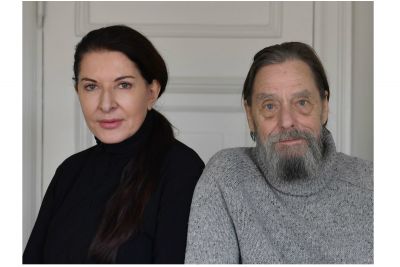
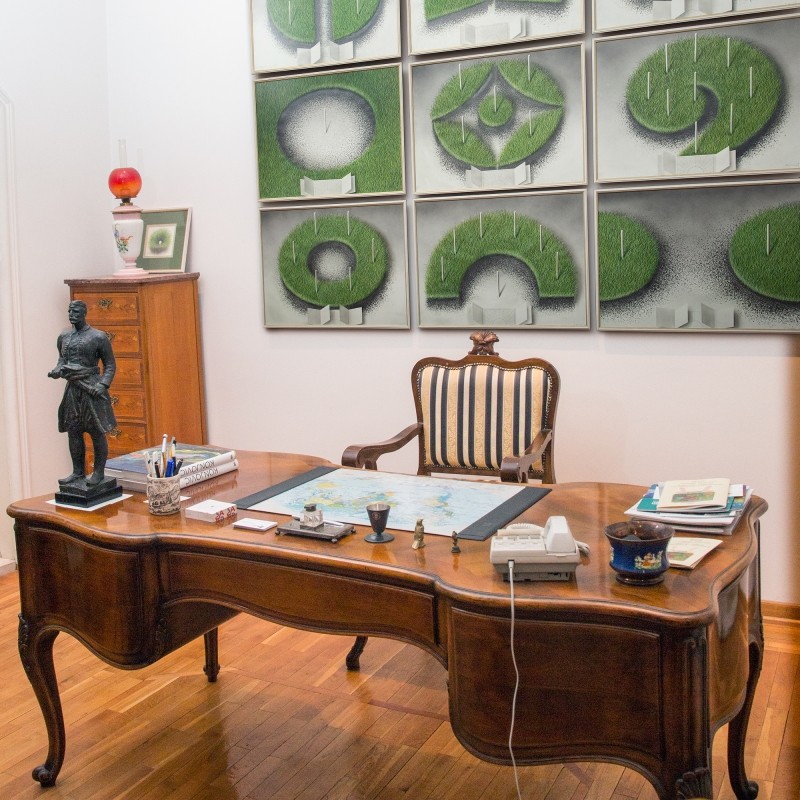
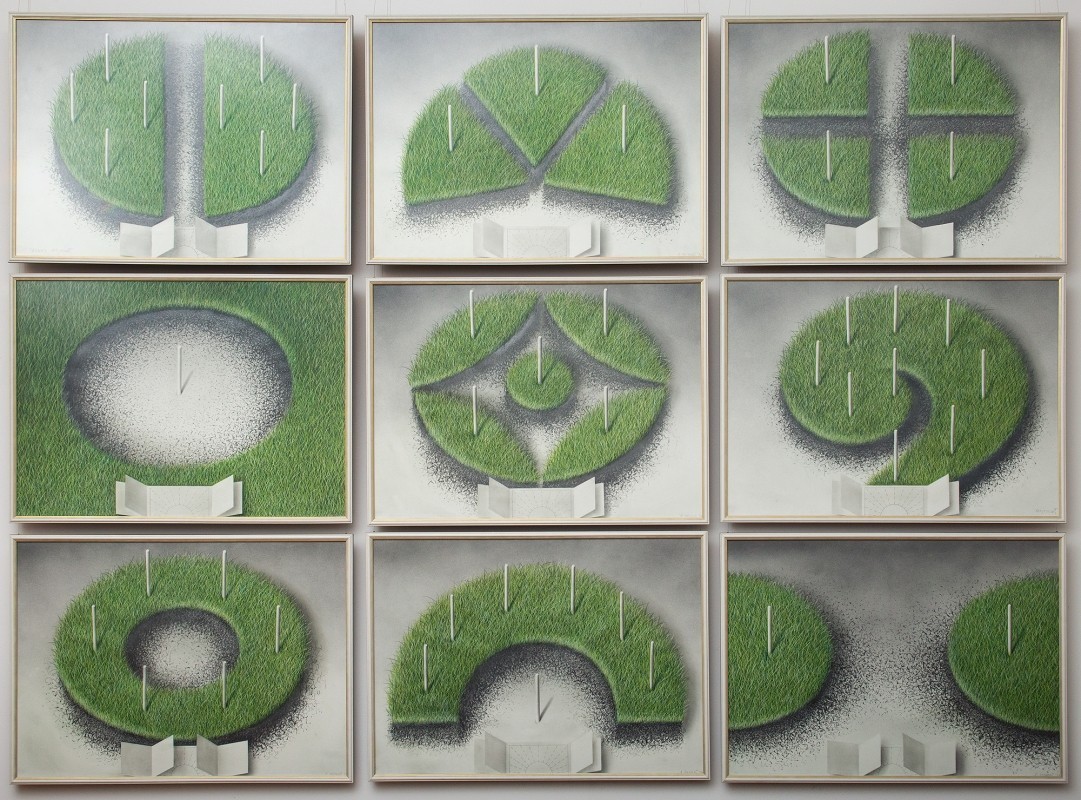
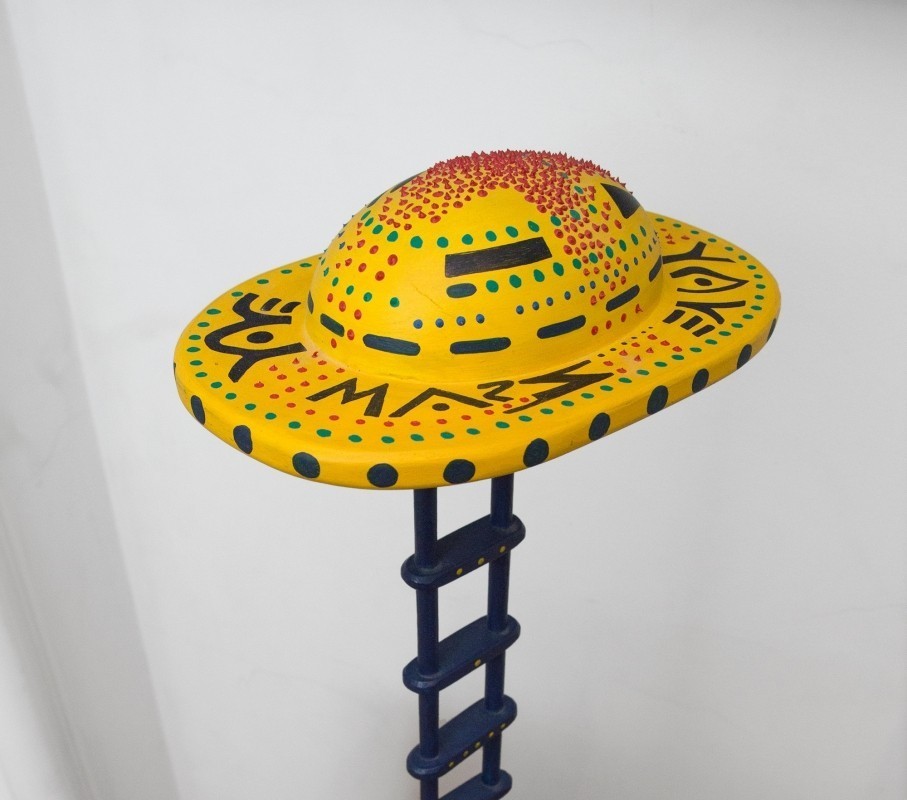
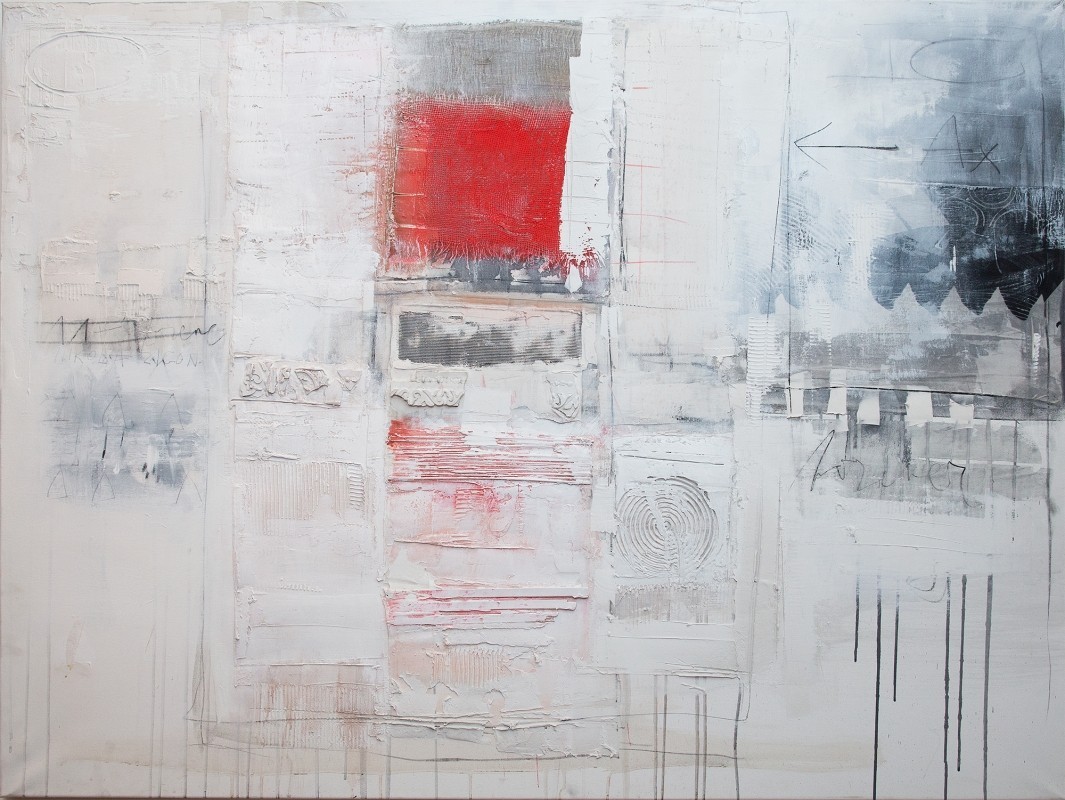
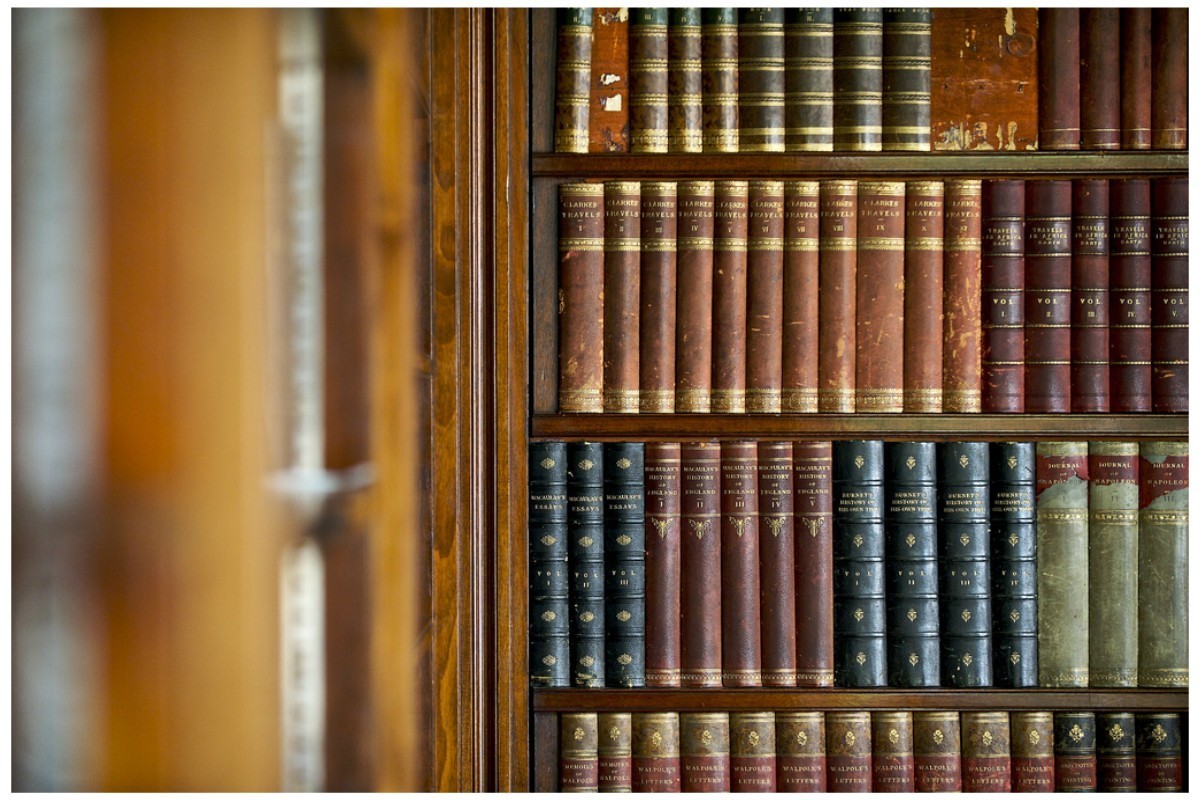


 Tweets by @ArtHaus_rs
Tweets by @ArtHaus_rs